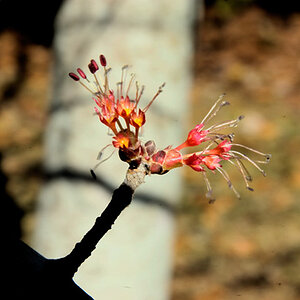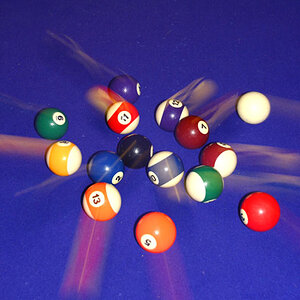MTHall720
TPF Noob!
- Joined
- Sep 30, 2015
- Messages
- 77
- Reaction score
- 11
- Location
- Central Maryland
- Can others edit my Photos
- Photos NOT OK to edit
I know I have asked a lot of questions already but after Googling anad You tube still not sure. Using the Canon 50D it shows me a choice of RAW or something else. I want good clarity but will not make prints larger than 8.5x11.
Does choosing RAW sound sufficient.
Also wanted to know if there is a good Windows based simple app to allow RAW files to go to the laptop and then convert to JPG?
Thanks to all in advance.
Does choosing RAW sound sufficient.
Also wanted to know if there is a good Windows based simple app to allow RAW files to go to the laptop and then convert to JPG?
Thanks to all in advance.


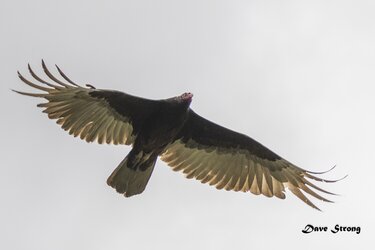
![[No title]](/data/xfmg/thumbnail/35/35946-771bfce9b2727c9126587d96c471da80.jpg?1619737254)
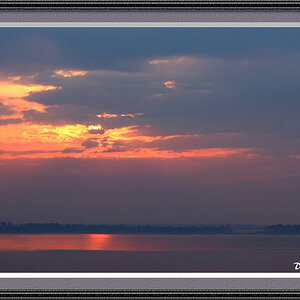

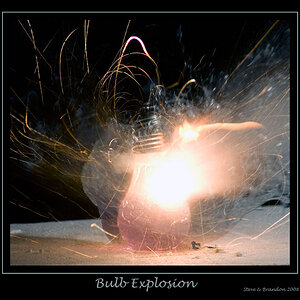
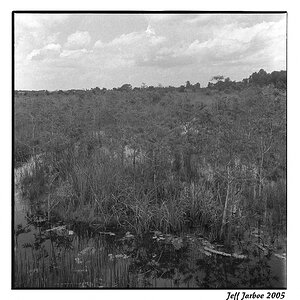
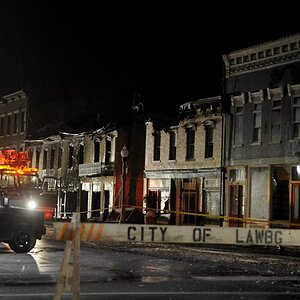
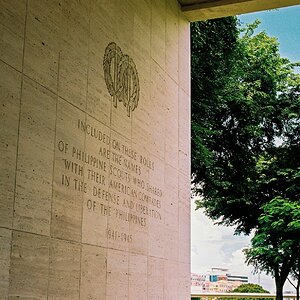
![[No title]](/data/xfmg/thumbnail/37/37604-7ad625e983f92f880eb65a264eeef5e4.jpg?1619738148)
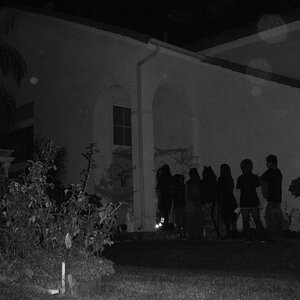
![[No title]](/data/xfmg/thumbnail/37/37606-3c9ffb5906173fa2aa489341967e1468.jpg?1619738148)
